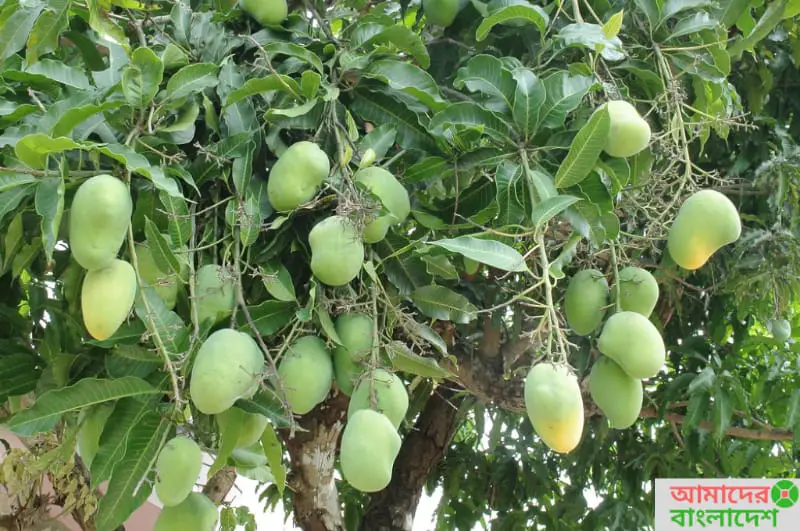The national symbols of a country represent the country’s tradition and ideals as well as different aspects of the cultural life to the world. Every country has a national symbol and that includes a flag, emblem, government seal, national anthem, the national flower, national, tree, national animal, and many more. Like other countries in the world, Bangladesh also has its own national symbols including the national tree.
Before November 2010 there was no national tree of Bangladesh. Therefore, the then government decided to declare Mango is the national tree of Bangladesh. The mango is native to South Asia and it is distributed around the world. In fact, Mango is the most cultivated fruits in the tropics. The scientific name of the Mango tree is Mangifera indica.
The History Of Mango Tree
The mango tree is very common in the Indian subcontinent. Though; it is also available around the world with hundreds of cultivated varieties. Usually, the Mango tree is large and green and it is valued for its fruit. It is reported that there are approximately 210 varieties of mango available in the world. The mango tree can grow up to 15–30 meters tall. The species domestication is attributed to India around 2000 BCE. Mango was first brought to East Asia around 400–500 BCE. It was brought to the Philippines in the 15th century and in the 16th century to Africa and Brazil by Portuguese explorers. The mango tree was first assessed and named in botanical nomenclature by Linnaeus in 1753. Mango is the national fruit of India, Pakistan, and the Philippines.
Flowers And Fruits Of Mango Tree
In a mango tree, the flower usually appears at the end of winter and beginning of spring. Both the male and female flowers are borne on the same tree. The flowering of the mango depends on the climatic conditions. In India, flowering starts in December in the South, in January in Bihar and Bengal, in February in eastern Uttar Pradesh, and in February–March in northern India. In some parts of India, mango is available twice a year and in some areas only available once a year.
Mango is an egg-shaped fruit and it is also irregular. Mango is also a fleshy drupe. The color of mango is greenish-yellow and it is typically 8–12 cm long. Mangoes are available in various shapes including round, oval, heart, or kidney-shaped. The unripe mangoes are green in color while the ripe mangoes are yellow. The interior flesh of the mango is bright orange and soft with a large, flat pit in the middle. The mangoes usually mature in April and May. People use raw mango to make pickles and chutneys. Ripe mangoes are a very popular fruit in many countries of the world.
Types Of Mangoes In Bangladesh
In Bangladesh, the main mango growing regions are around Rajshahi, Chapainawabganj, Nawabganj, and Dinajpur. Usually, Chapainawabganj was very famous for growing mangoes but nowadays huge mangoes are also produced in the Rajshahi district. In fact, over 270 varieties of sweet edible mangoes are found in the Rajshahi district. Some popular varieties of mangoes are Fazlee, Langda, Gopalbogh, Himsagar, Khirsapat, Ashhwina, Khisanbogh, Kuapahadi, Lata Bombai, Foria, Bombai, Kohitoor, Laksmanbhog, Mohanbhog, Misribhog, etc. Every mango has its own distinctive flavor. Among the different varieties, Fazli, Lengra, Gopalbhog, and Khisrapat are considered as the premium mangoes. Here in Bangladesh, December to February is the time when the mango trees blossom. Mango is a very popular seasonal fruit of Bangladesh.

